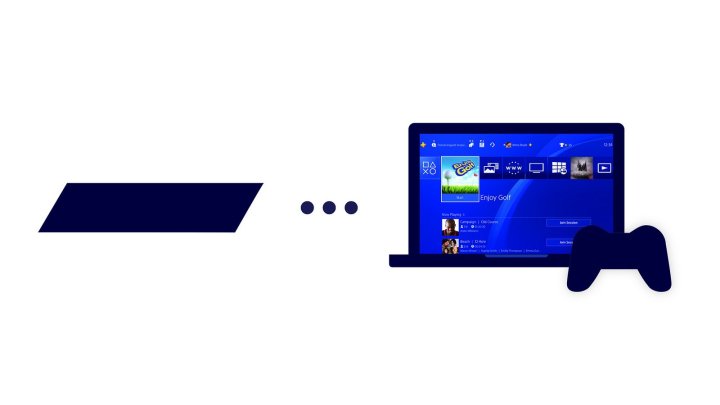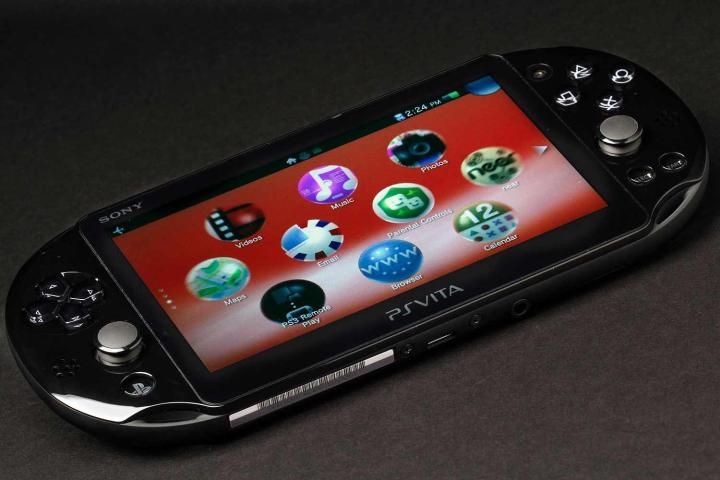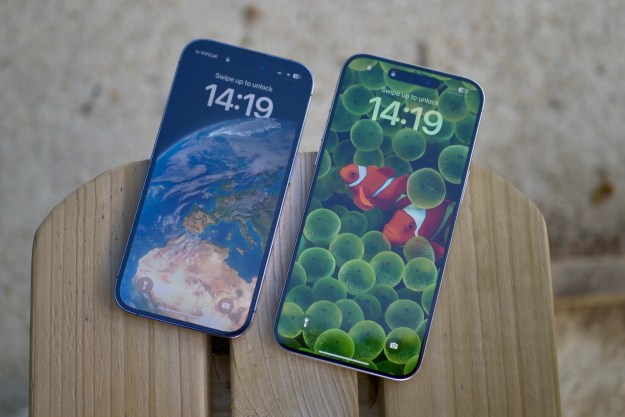
Sony recently ended production of the PlayStation Vita in Japan, putting the final nail in a coffin that had already been pretty well closed for several years. Despite the system’s failure to catch on, however, it was an incredibly innovative device, and its best feature is now available on iOS.
An app called “PS4 Remote Play” is now available for iOS as a free download, giving you the ability to stream PlayStation 4 content to your phone or tablet. Rather than use physical controller inputs as you would on the Vita or a DualShock 4 controller, the iOS app makes use of virtual controls, allowing you to play your favorite PlayStation 4 games wherever you happen to be. The app also enables voice chat with other players via your device’s built-in microphone, and you can even send text to your console by typing. A similar feature was previously released for the Sony Xperia Z3 lineup.
There are a few restrictions on the app, including incompatibility with the DualShock 4 controller as well as certain games. It also requires you to be on a Wi-Fi network rather than your phone’s data plan, and your PS4 must be updated to the latest system software. Supported iOS devices include the iPhone 7 and up, the iPad 6th generation and up, and the iPad Pro 2nd generation or up, all running at least iOS 12.1.

PS4 Remote Play isn’t like PlayStation Now, which streams games from servers to your devices. Instead, you’ll be playing games streaming from your own PlayStation 4 system, so it must be running in your home in order for the app to work. Leaving it in “rest” mode instead of turning it off completely should allow you to do this, if you’re not bothered by the increased electricity bill you’ll receive at the end of the month.
The ability to play your PlayStation 4 from a device in your pocket is appealing, but it’s unlikely that it will offer something on par with the Vita’s remote play. The handheld system had a similar control layout to the DualShock 4, and certain games like Destiny even had custom controls mapped specifically for the Vita. The experience never matched playing with a traditional controller, but it came shockingly close.
Editors' Recommendations
- PlayStation 6: release date speculation, price, specs, and more
- PlayStation Portal 2: 8 features we want in Sony’s next-gen handheld
- PlayStation Spring Sale: best deals, how long is the sale, and more
- PlayStation VR2 production reportedly paused by Sony
- You need to try PlayStation VR2’s most psychedelic game yet


